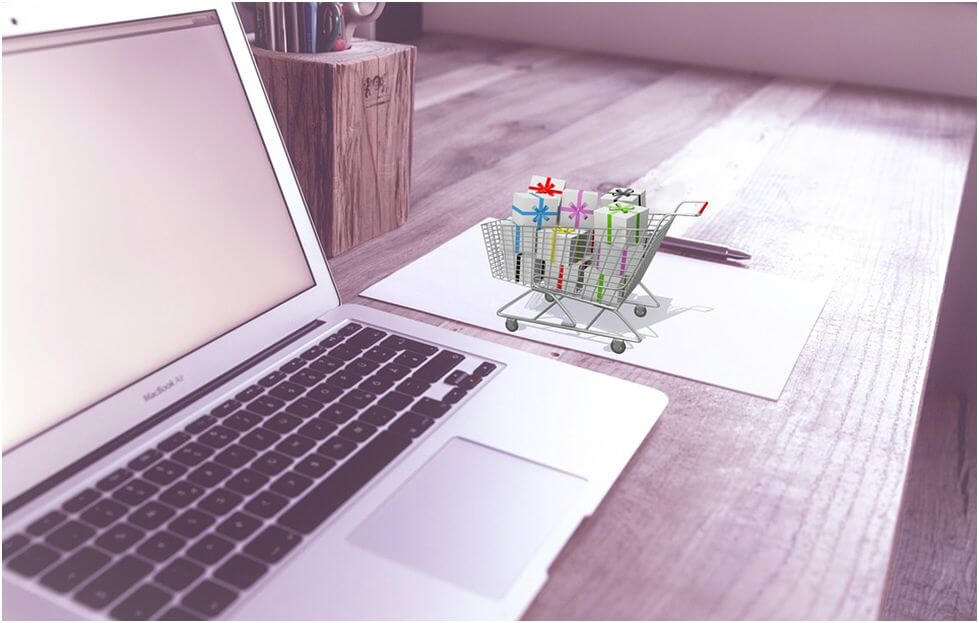
Source: Pixabay.com
From Customer Service 4.0 to Manufacturing 4.0, technological revolutions are occurring in almost every sector and industry and retail is no exception. Not only is technology improving the customer experience, but it is also helping the most savvy retailers simultaneously cut costs.
It is helping smaller retailers be more competitive and larger retailers compete even in the smallest niche markets. In short, technology is leveling the playing field on both sides.
Here are 5 high-tech trends being adopted by retailers to gain a competitive advantage in the 21st century.
1. IoT
In 2015, a Gartner study predicted that by 2024 there would be in excess of 20 billion connected devices in use. While many retailers have a vague understanding if IoT devices, they may not fully understand just how they work or how they may already be using them.
Square card readers were one of the first devices that gave full scale PoS accessibility to even the smallest of businesses. This was one of the first of many IoT devices that retailers began using that helped give small businesses big business functionality.
Today, people use IoT devices to turn on their lights, turn off their sprinklers, turn up the heat and even order their groceries. Everything they do with their devices is generating mountains of data that will soon be available to every retailer on the planet.
The main feature of IoT devices, however, is that they don’t just communicated with you, they communicate with each other. In addition to consumer IoT devices generating an unprecedented amount of data about their lifestyle, tastes, habits and preferences, IoT devices are also helping retailers generate their own data.
For instance, Square PoS systems can be fully integrated with Quickbooks, which can then offer powerful analytics that can help even the smallest of businesses grow by leaps and bounds.

Source: Pixabay.com
2. Personalization
In early 2024, headlines were dominated by the Cambridge Analytica scandal. According to reports, the data collection firm accessed private information from the Facebook accounts of millions of users. The firm then allegedly used that information to create fake news stories personally targeted at specific individuals to sway their vote in one direction or another.
While the use of this information may have been highly shocking and unethical, it does provide a fascinating glimpse into the future of marketing.
At the moment, marketers are able to target a certain segment or demographic with a single ad. In the future, however, technology will allow marketers to target specific individuals with specific offers or ads tailored to their individual needs and preferences.
So, if a married mother of three children who has a passion for all things red goes looking for an SUV online, she will get very different ads and offers from a single male outdoor enthusiast looking for the same SUV.
3. AI
20 billion connected devices are going to generate far more data than an army of human intelligence will ever be able to process, but AI can. Not only can AI help create specifically targeted advertising, but it can also predict trends through powerful data analysis.
For instance, a small business owner may never notice a civil uprising in a small town in Bolivia. If that town turns out to be a major producer of Lithium, however, that can have a direct impact on the glass and ceramics industries as well as battery production, which in turn can have an impact on retailers that sell everything from electronics to home goods.
AI on the other hand, can be consistently scanning news reports from around the globe to determine the potential impact that even the smallest of events can have on global prices. It can also collect information from a wide range of other data sets to determine the impact they will have on retail sales.
For instance, it can gather information about average incomes for the year and predict how much consumers will spend over the holidays and what they are most likely to spend it on. This can help retailers have a better understanding of how to order inventory and what supplies to stock up on or have on hand. AI and predictive analytics can help retailers understand global marketing trends and even what impact world events are likely to have on their businesses.
4. Voice Technology
Voice technology is already having a significant impact on online retail, since users can use voice technology and home hubs to do everything from ordering groceries to price comparisons. Soon, however, that same technology will give brick-and-mortar stores a boost as well.
Currently, one of the biggest complaints consumers have about brick-and-mortar stores is the lack of service or sales personnel to assist them. In big box stores, shoppers can wander aisles for up to a quarter of an hour or more looking for someone to assist them. In smaller stores, they may be able to find an associate but that doesn’t mean they will be available to assist them or even have the information they need.
Not only can voice technology help consumers get information they need faster, it can also help sales associates have better access to information. Voice technology can allow consumers to ask a program directly for information, ask it to summon an associate to their location from wherever they are, or allow sales associates to immediate access information without leaving the customer or even dividing their attention.

Source: Pixabay.com
5. Self Service and Cashierless Checkouts
The second most common complaint consumers have about brick-and-mortar stores is the amount of time it takes to checkout. 2024 saw the introduction of the world’s first cashierless mini-market with the arrival of Amazon Go. What works for a small mini-market that predominantly sells items less than $10, however, may not work as well for larger stores that sell higher priced items. That doesn’t mean, however, that technology can’t help speed up the checkout experience for all types of retailers.
While completely self-service checkout may be a long way off for the majority of retailers, AI is currently helping to make the checkout process faster and smoother, while still maintaining many of the benefits of manned registers for retailers.
Chief among them being the checkout lanes, which are often stocked with some of the fastest-selling items offering some of the biggest profit margins. AI and automated scheduling helps stores predict peak volume times to make sure they are adequately staffed at all hours of the business day.
Wrapping Up
Technology is changing every sector of industry, including retail. The best part is, however, it is not just benefitting the largest retailers but the smallest as well. An iPad that could be used as a full-scale PoS system seems utterly ordinary now, but it had a massive impact when it was first introduced. The next wave of tech is poised to have that same impact.